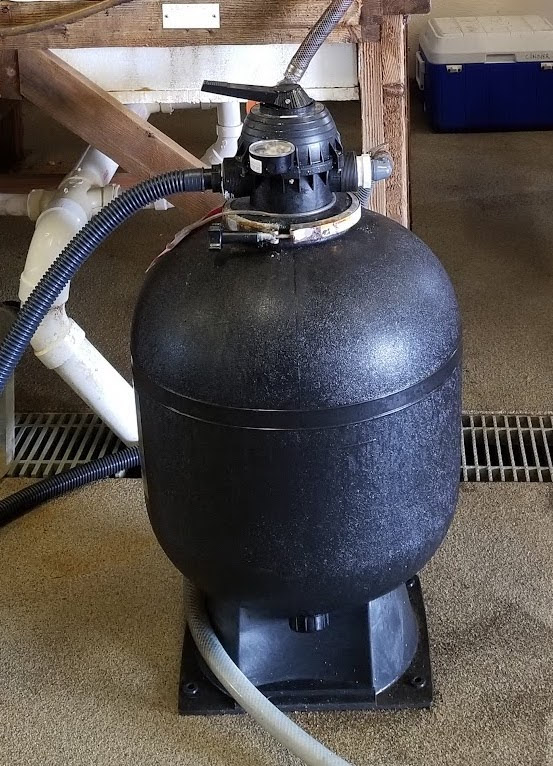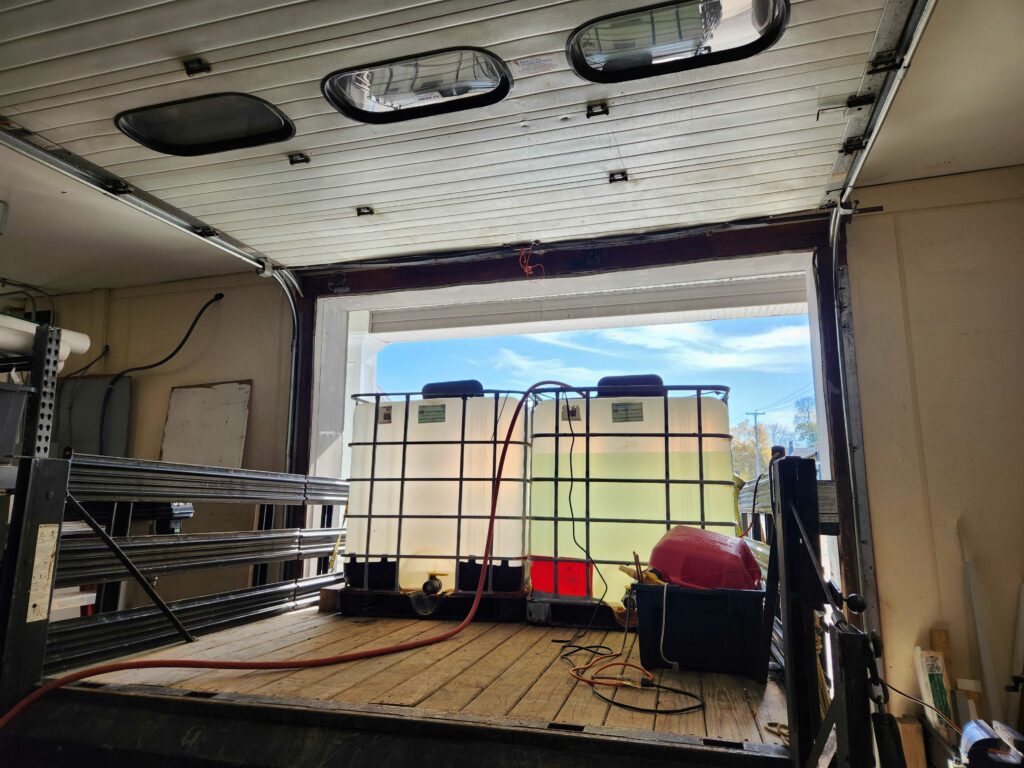micron
Short for micrometer (um) and equivalent to one millionth of a meter. Microns are used to describe mesh size of filters as well as to measure microscopically.
Back to: Building a Gametophyte Seed Bank
A reliable source of seawater is essential for running a nursery and keeping kelp gametophytes. Sourcing water can be difficult because of geographical, time, and/or space constraints. When possible, you should source seawater from an area with salinity between 28 and 35 ppt and from an input at least 10 feet deep. Adjusting salinity in the nursery can be difficult and time consuming. Water taken from depth is more favorable because it is typically cleaner than water taken from the surface. Ideally, you are able to set your facility up near a water source so you can pump water directly into your filtration system. Otherwise, you will need to transport water. Regardless of whether you are transporting water or pumping it directly into your system, your water should pass through a sand filter before being put through a smaller micron bag or cartridge filter.

Short for micrometer (um) and equivalent to one millionth of a meter. Microns are used to describe mesh size of filters as well as to measure microscopically.
Transporting water will be resource consuming. Some regions have services for hire that would transport water for you, but it is typically costly. For a smaller tank system, you may only use 50 gallons a week, but for a larger nursery, you may use up to 3,000 gallons in a week. If you elect to transport your own water, you will need specialized containers, like IBC totes, as well as a heavy duty truck to transfer large amounts of water. It’s critical to make sure the vehicle being used to transport water has an appropriate capacity rating for the volume of water being moved.

If sourcing natural seawater is not possible for your facility, some nurseries have been successful using an artificial seawater mix. Water made this way requires some additional testing to ensure the composition is as close to the natural seawater in your region as possible. There are a few manufacturers of ready-to-mix artificial seawater mixes. The most common one is Instant Ocean. Some operators have experienced variability between batches of artificial seawater, and the freshwater used may require pre-treatment such as reverse osmosis or carbon filtration depending on the source.